Tools & Education
Welcome to the ‘Tools and Education’ section!
At the Modern and Ancient Genomes Group, we develop software tools for ancient DNA, environmental DNA, sedimentary DNA, low-coverage data, NGS data and allele frequencies. Our tools are fully open-source and free to use.
Are you interested in improving your bioinformatics or population genetics skills? Then scroll down to the Education section, you will find courses at the Technical University of Denmark to do just that!
Tools
Software
 CHARON
CHARONCHARON is a tool to estimate the number of individuals and infer the population of origin for human forensic or environmental samples
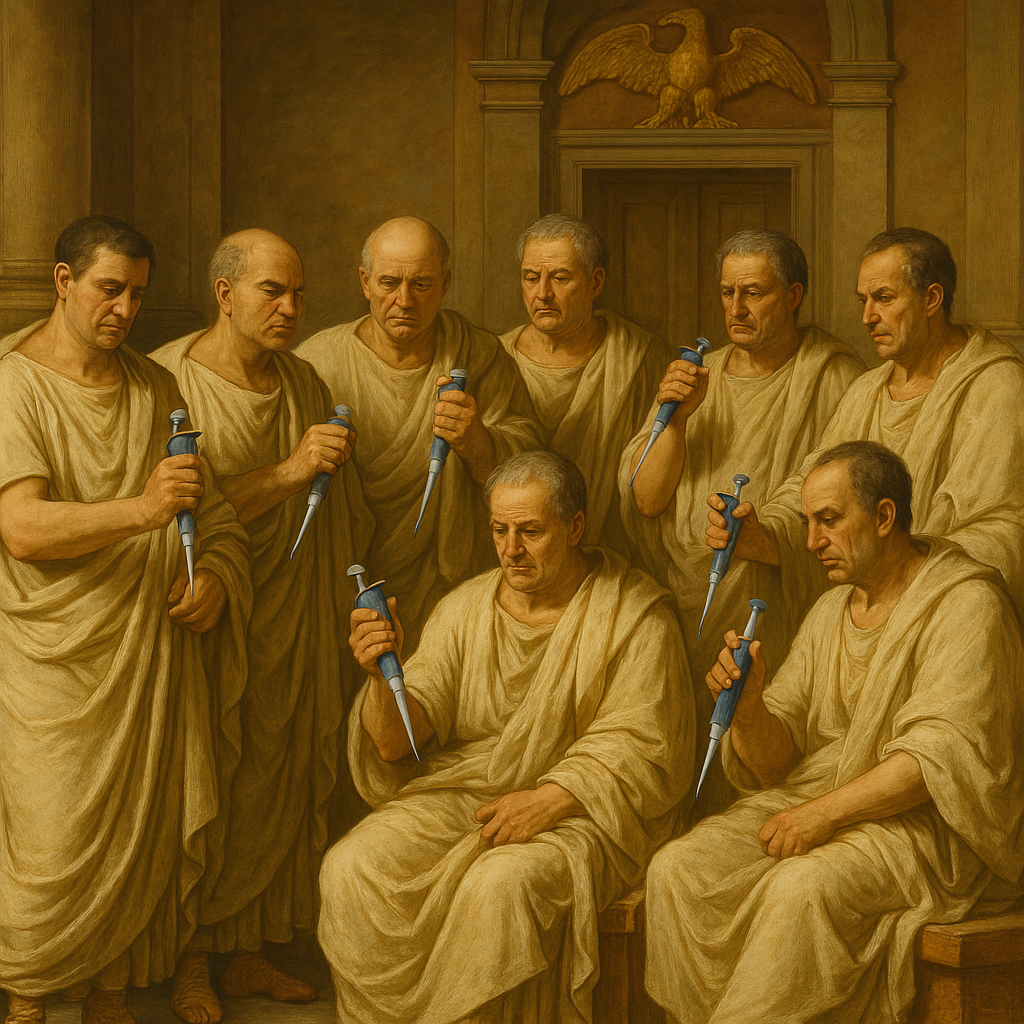 AdDeam
AdDeamAdDeam is a new tool designed to take a list of BAM files as input and generate damage profiles, which can be visualized to group similar profiles together.
 safari
safarisafari is an aligner to pangenomes built on top of “vg giraffe” that is robust to ancient DNA damage
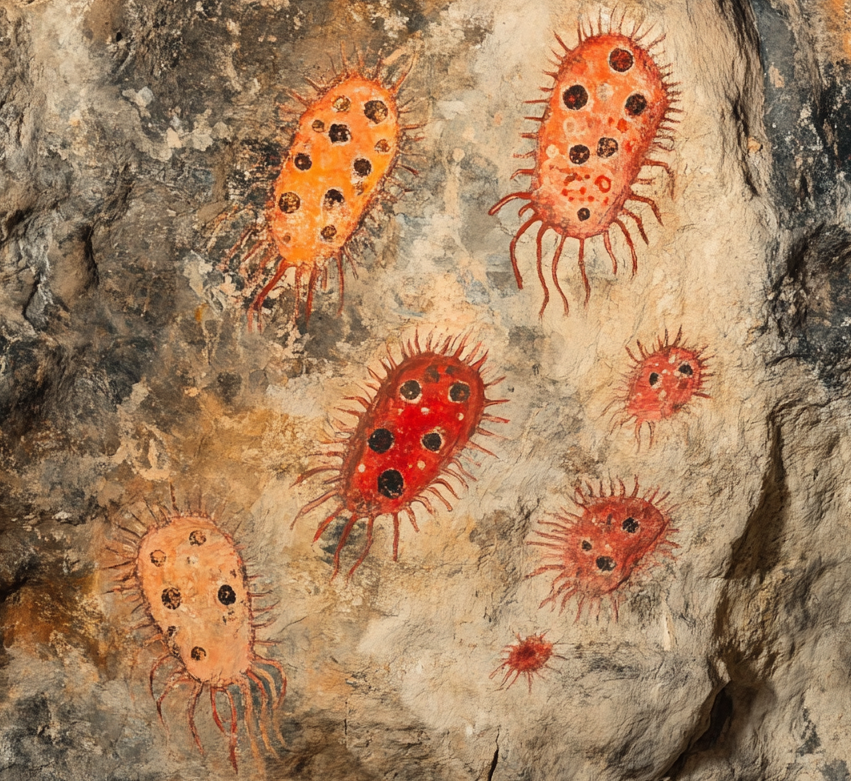 CarpeDeam
CarpeDeamCarpeDeam is an assembly algorithm for ancient metagenomics
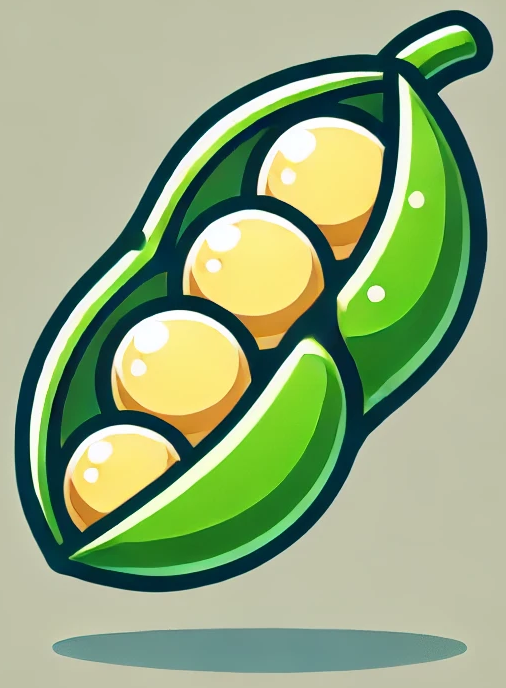 soibean
soibeansoibean (part of vgan) is a tool for species identification that can handle mixtures and abundance estimation for ancient environmental DNA.
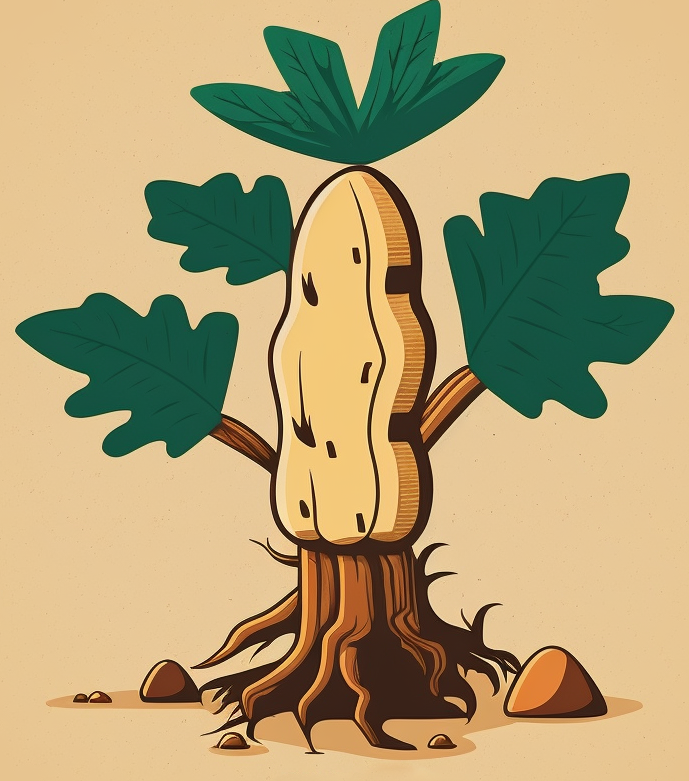 euka
eukaeuka (part of vgan) is a tool for bilaterian abundance estimation of ancient environmental DNA.
 HaploCart
HaploCartHaplocart (part of vgan) classifies modern human mtDNA haplogroup.
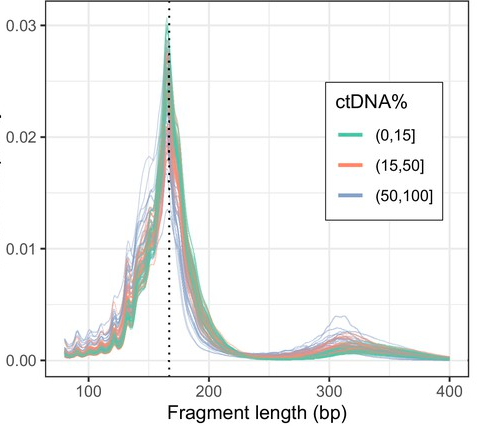 cinch
cinchcinch is a non-negative matrix factorization tool to infer levels of tumor DNA from cell-free DNA.
 ROHan
ROHanROHan is a Bayesian framework to estimate local rates of heterozygosity, infer runs of homozygosity (ROH) and compute global rates of heterozygosity. ROHan can work on modern and ancient samples with signs of ancient DNA damage.
 gargammel
gargammelgargammel is a set of programs aimed at simulating ancient DNA fragments. For ancient hominin samples our program can also simulate various levels of present-day human contamination and microbial contamination.
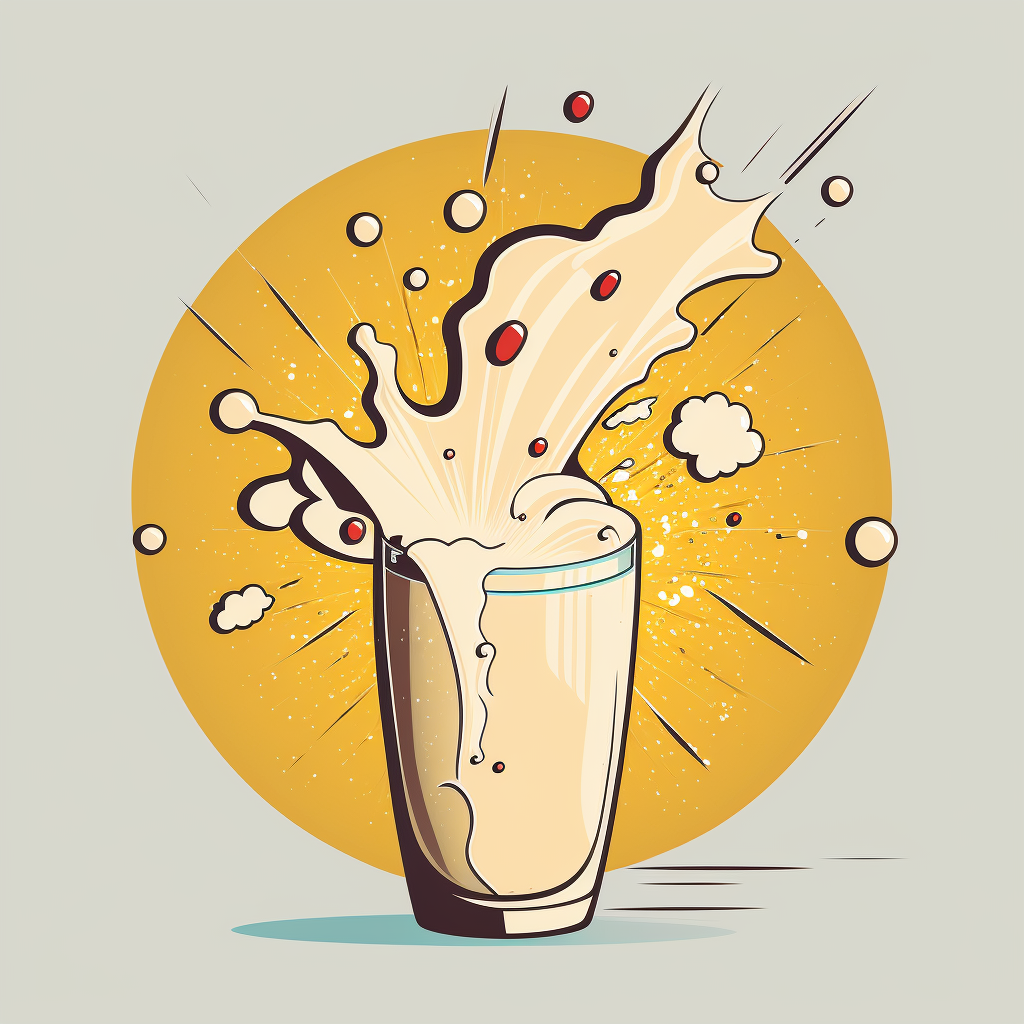 glactools
glactoolsglactools is a set of command-line tools for the management of Genotype Likelihood (GL) and Allele Counts (AC).
 DICE
DICEDICE is a Bayesian method to jointly estimate error rates, demographic parameters and the rate of contamination from present-day humans in ancient DNA (aDNA) samples from modern or archaic humans. Our approach is based on an MCMC sampler, and is applicable to nuclear autosomal aDNA data. It can also serve to infer the most probable ancestry of the individual(s) that contaminated the sample.
 Schmutzi
Schmutzischmutzi is a set of programs aimed at ancient DNA data that can estimate contamination based on deamination patterns alone, call a mitochondrial consensus for the endogenous genome while taking into account contamination and deamination and estimate mitochondrial contamination and identify the most likely contaminant.
 deML
deMLdeML is a program for maximum likelihood demultiplexing of next-generation sequencing data.
 leeHom
leeHomleeHom is a program to trim adapters and merge overlapping sequencing using a Bayesian reconstruction. This is particularly useful for ancient DNA and or DNA with a short fragment size like cell-free DNA.
Educational resources
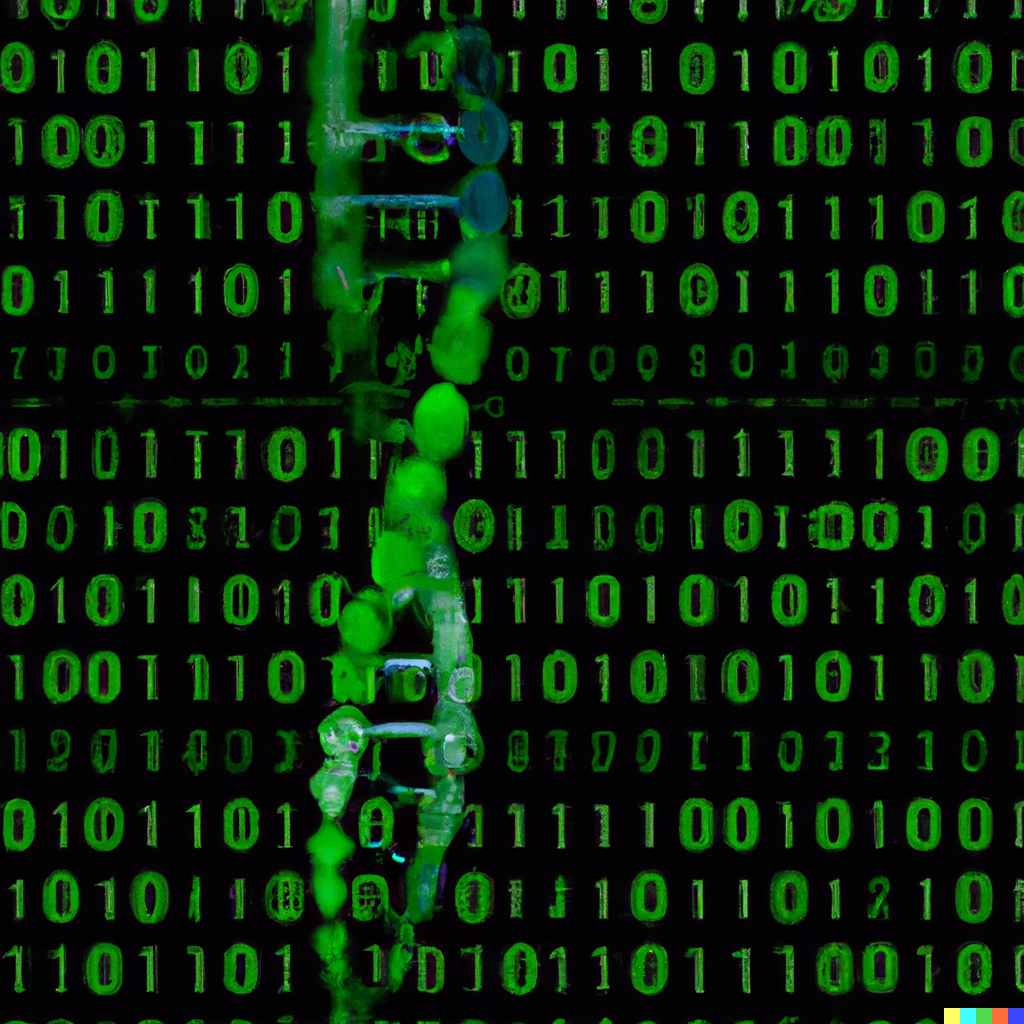 22126 - Introduction to Next-Generation Sequencing Analysis
22126 - Introduction to Next-Generation Sequencing AnalysisThree-week graduate-level course on introduction to next-generation sequencing (NGS) data analysis, introduction to UNIX and command-line use.
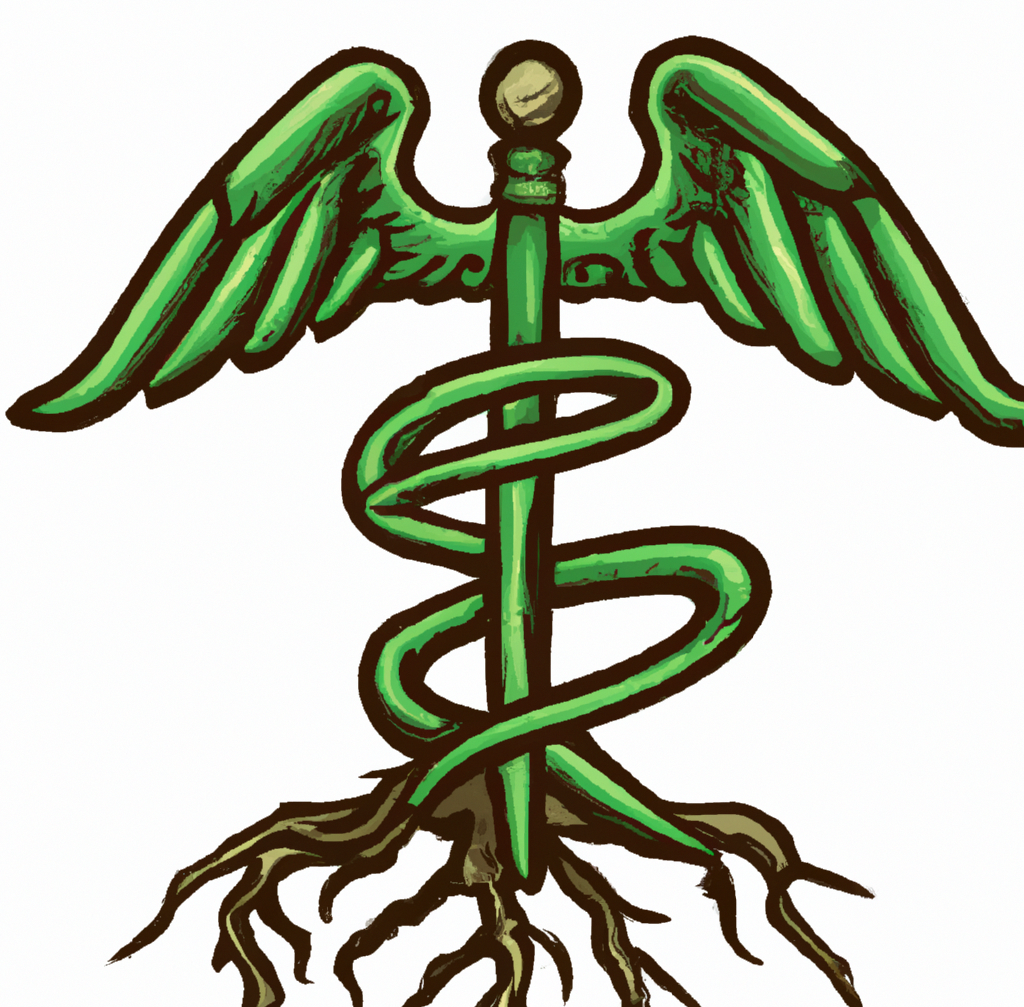 Introduction to population genetics, human ancestry and health
Introduction to population genetics, human ancestry and healthThree-month graduate-level course to understand basic concepts in population genetics concepts and their links to human health and disease (starting Fall 2024)
Some images on this page were generated by Dall-E or Midjourney.
